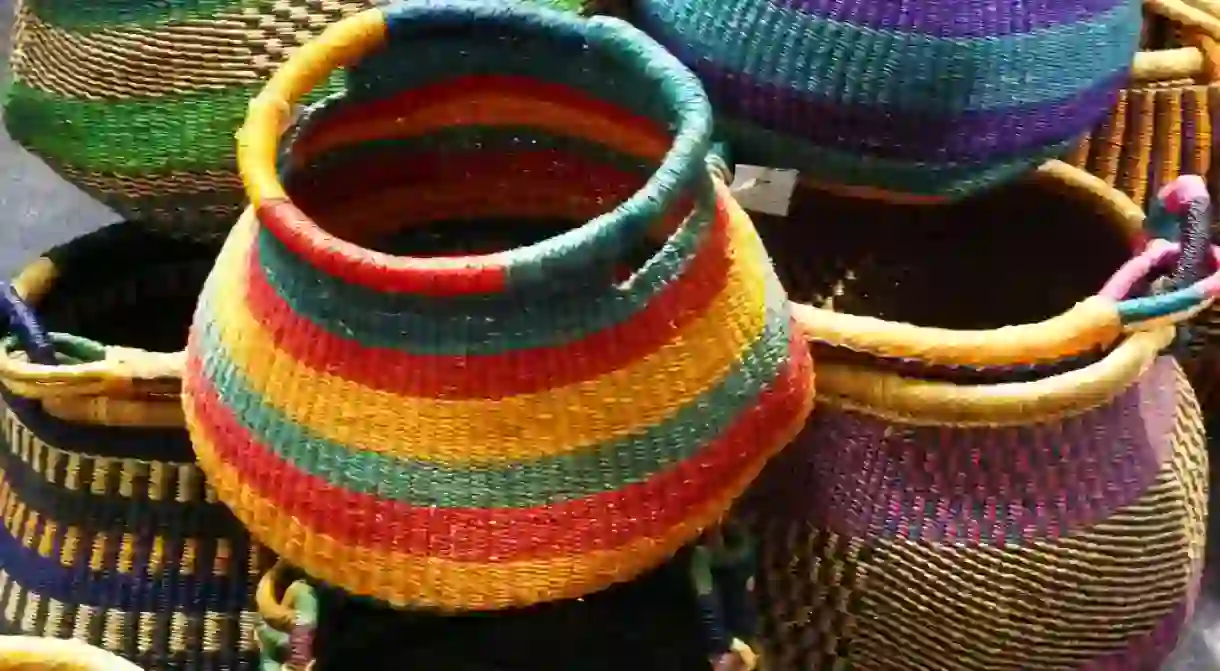Getting To Know Ghana's Many Artisans

There is a wealth of local crafts and artisans to explore in Ghana, from traditional fabrics and musical instruments to pottery and beads. Here are some of the many artisan crafts you should discover when visiting Ghana.
Kente weavers
Declared a national cloth upon independence in 1957, this heavy and durable woven fabric is one of the items most associated with Ghana. There are about 50 types of kente pattern, with symbols and decorations, each with its own special meaning. You can still see kente woven on traditional looms, and you can purchase your own specially made cloth at Adanwomase kente weavers association or at Bonwire.

Djembe drum makers
Gonja cloth makers
Bolgatanga basket weavers

Beads
Beads are hugely popular and diverse in Ghana and you can see them in all shapes and sizes on ankles, wrists, waists, as hair accessories and decorative elements to sandals and slippers. Materials such as shell, bone, bauxite, clay and glass are used and the making of beads is done traditionally by men. Large, chunky wrist and ankle beads are used to demote royals within tribal clans and the thin waist beads, which you will see carried in great spools by men who walk through town, are cut to fit a woman’s waist and are worn until they fall off naturally.
Beads can be purchased from street sellers and at every market, with the Artists Alliance Gallery in Accra having a large selection of all forms, as well as books on the subject. You can also check out TK Beads, near Accra, just 10 minutes north of the Adenta junction; the Thursday bead market at Koforidua, capital of the Eastern Region, which has one of the biggest selections of beads in Ghana; and Cedi’s Bead Factory, about three kilometres north of Somanya, heading towards Kpong. Also, the Agomanya Market has an exceptional display of beads on Wednesdays and Sundays and is located about three kilometres from Kpong on the Somanya-Kpong road.

Pottery
Store













